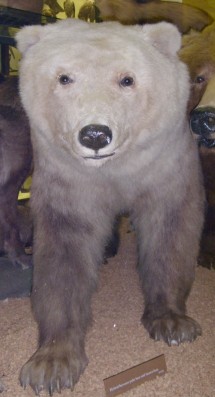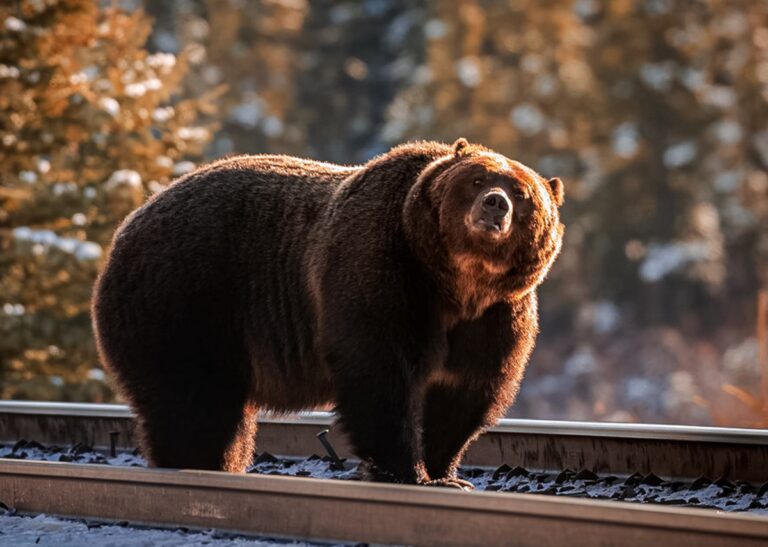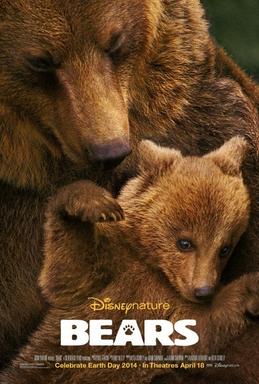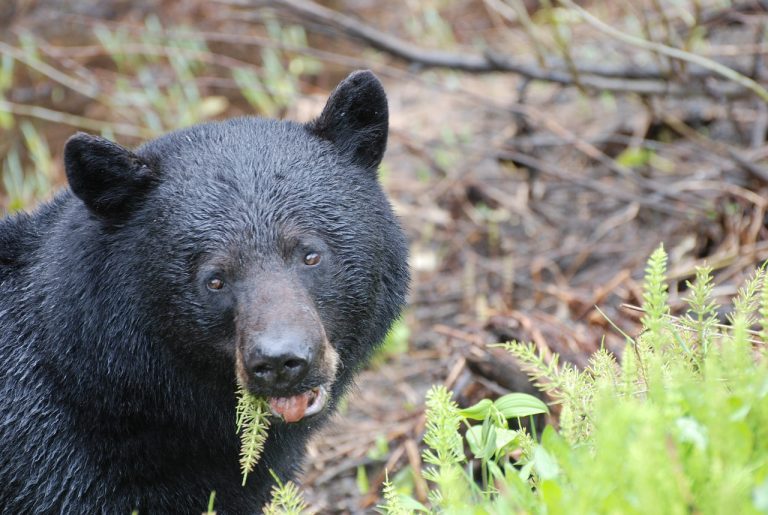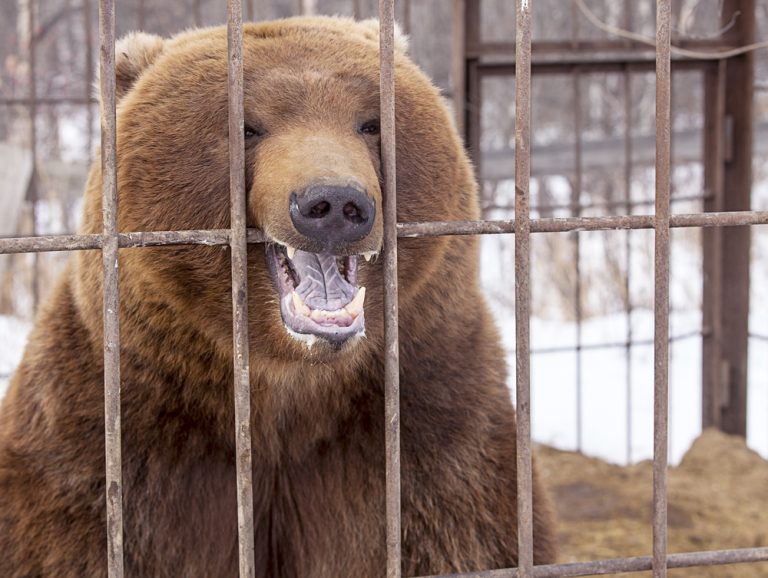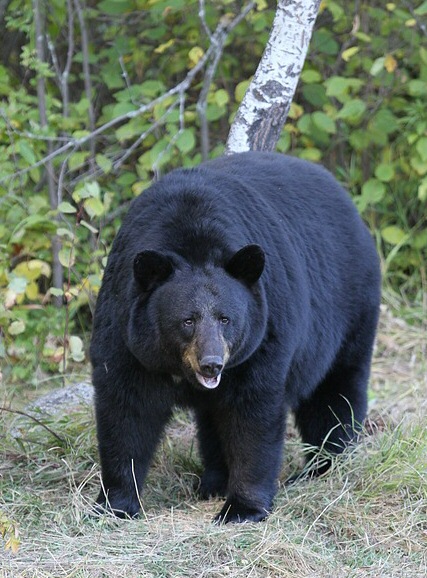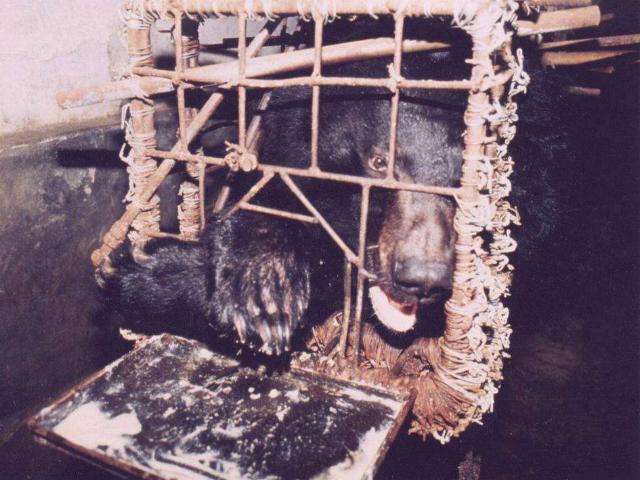What Do You Get From Crossing A Grizzly Bear And A Polar Bear?
What Do You Get From Crossing A Grizzly Bear And A Polar Bear? A Polar-Grizzly Bear Hybrid.
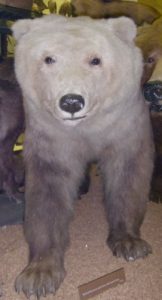
Before 2006, the polar-grizzly bear hybrid was something that was known to occur among bears of both species while in captivity.
But all that changed when the first documented grolar or pizzly bear specimen was shot in the wild in the Canadian Artic area that same year.
DNA testing confirmed that the strange-looking bear was the result of breeding between a polar bear and a grizzly bear.
Features of the Polar-Grizzly Hybrid Bear
The most prominent features of this hybrid bear include:
• A mix of both brown and creamy/white fur color.
• A more muscular shoulder that is a bit wider than that of a pure Polar bear breed.
• Long intermediate claws that are not seen in both pure breeds. A pure breed polar bear has wide paws built for walking on snow while the grizzly bears have smaller paws with sharper nail structures.
• A concavely shaped head rather than the narrow head found in polar bears. The hybrid neither has the round shaped face of a grizzly.
• A fertile hybrid that is more adaptable.
This hybrid is commonly called a Grolar or a Pizzly, and has mostly been seen in Canada. Although, scientists believe that the hybrid can also be found in Russia where both this species share a common habitat.
How Did This Polar-Grizzly Bear Hybrid Happen?
A grizzly bear is a subspecies of the brown bear, while the polar bear diverged from the brown bears hundreds of thousands of years ago. They are closely related. But, they generally avoid each other in the wild.
Also, they live in different terrain: the polar bear on ice and water, the grizzly bear on land. However, they have crossbred successfully in captivity for a while now.
Reports of a ‘strange looking’ polar-grizzly hybrid bear had persisted over the years but they were considered as just hypothetical since there was no DNA evidence at the time to prove otherwise. That’s no longer the case: this hybrid bear is no longer hypothetical as it exists both in the wild and in captivity.
Definitely, a number of factors are contributing to the emergence of this new breed the most noticeable is changing climatic conditions.
Climate Is A Contributing Factor To The Possible Increase In Polar-Grizzly Hybrid.
The recent climatic changes in the past decades have contributed to the shrinking level of the Arctic sea ice. As a result of diminishing feeding grounds, polar bears have started to adapt to a life on land to find food and to mate during spring and summer. This alone increases the chances of both bear types socializing.
Grizzly bears from time-to-time also ‘stray’ into polar bear territories. Male bears have an inborn tendency to travel long distances in search of a female partner. Another reason why crossbreeding is possible and realistic.
Dietary Advancements / Better Hunting Prowess
Purebred polar bears are larger than most purebred grizzly bears when there is plenty of feed. The dietary adaptation of a polar bear enables it to survive on a very high-fat diet that includes mostly seals. The grizzlies are also known to be omnivores feeding on nuts, grass, salmon and even other mammals.
Grizzly bears have also been known to feed on the remains of seals left over by a polar bear. This is an indication of the poorly equipped way the grizzly are in terms of hunting. Certainly, the hybrid will have an edge over its purebred grizzly relatives as regards hunting prowess.
Long Term Effects Of The Polar-Grizzly Bear Hybrid
The major concern among biologists and researchers is the effect this kind of interbreeding will have on bear populations in the wild. While some believe it won’t have any serious impact, others feel it could gradually lead to losing the pure breeds of both species.
For now, more study on these hybrids in a controlled environment may provide more information about them.
Maybe this new breed will be at an advantage in the rapidly changing climatic conditions in today’s world.

